The Godfather’s Sicily: Exploring the Corleone Legacy and Film Landmarks
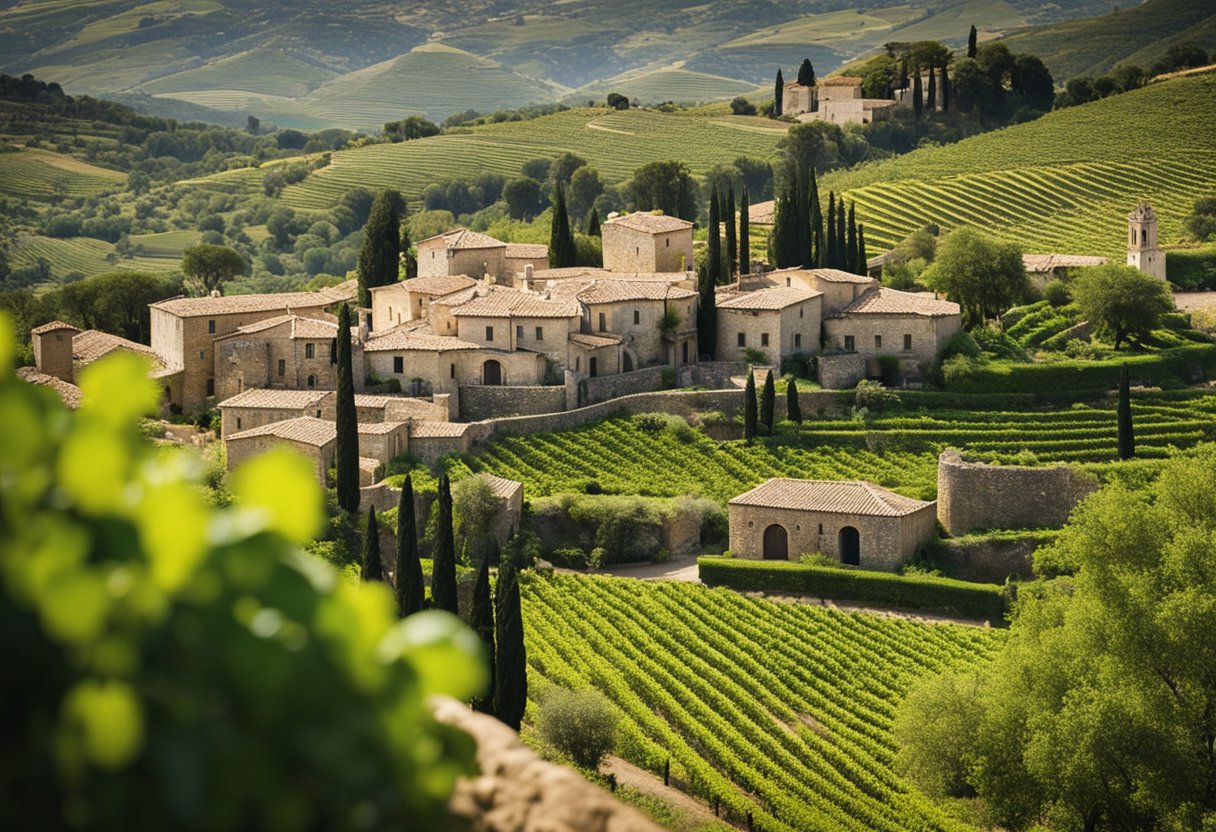
Updated On: April 02, 2024 by Maha Yassin
The Godfather’s cinematic legacy extends far beyond the borders of its American setting to the rugged and sun-bathed landscapes of Sicily. This island almost serves as a character within the narrative. As we trace the Corleone legacy, we immerse ourselves in a journey that merges fiction with reality, exploring the very locations that stood as silent witnesses to the intertwined tales of power, family, and tradition portrayed in this iconic film series. The essence of The Godfather is steeped in the performances and script and the Sicilian culture that breathes life into its every frame.
In scrutinising the Corleone saga’s translation from book to film, our appreciation for the meticulous artistry that shapes The Godfather deepens. From the cobbled streets that Michael Corleone once trod to the stunning aesthetic of power visually represented, we uncover an enduring cultural phenomenon. It’s not just the tale of Vito and Michael Corleone that captures our imagination, but also the majestic vistas of Sicily, the authenticity of its towns, and the legacy left behind in both the real and reel worlds. Godfather tourism, with its allure for lovers and culture seekers alike, underscores the enduring cultural value of the film, weaving through the rich tapestry of Sicily’s heritage.
Sicily, through the lens of The Godfather, becomes a nexus where art imitates life, and life imitates art. As we navigate this terrain, we reflect on the influence this monumental film has had on cinema and modern media at large, echoing the power struggles and complex dynamics of the Corleone family in various forms of storytelling and cultural expressions.
Exploring The Roots Of The Corleone Family
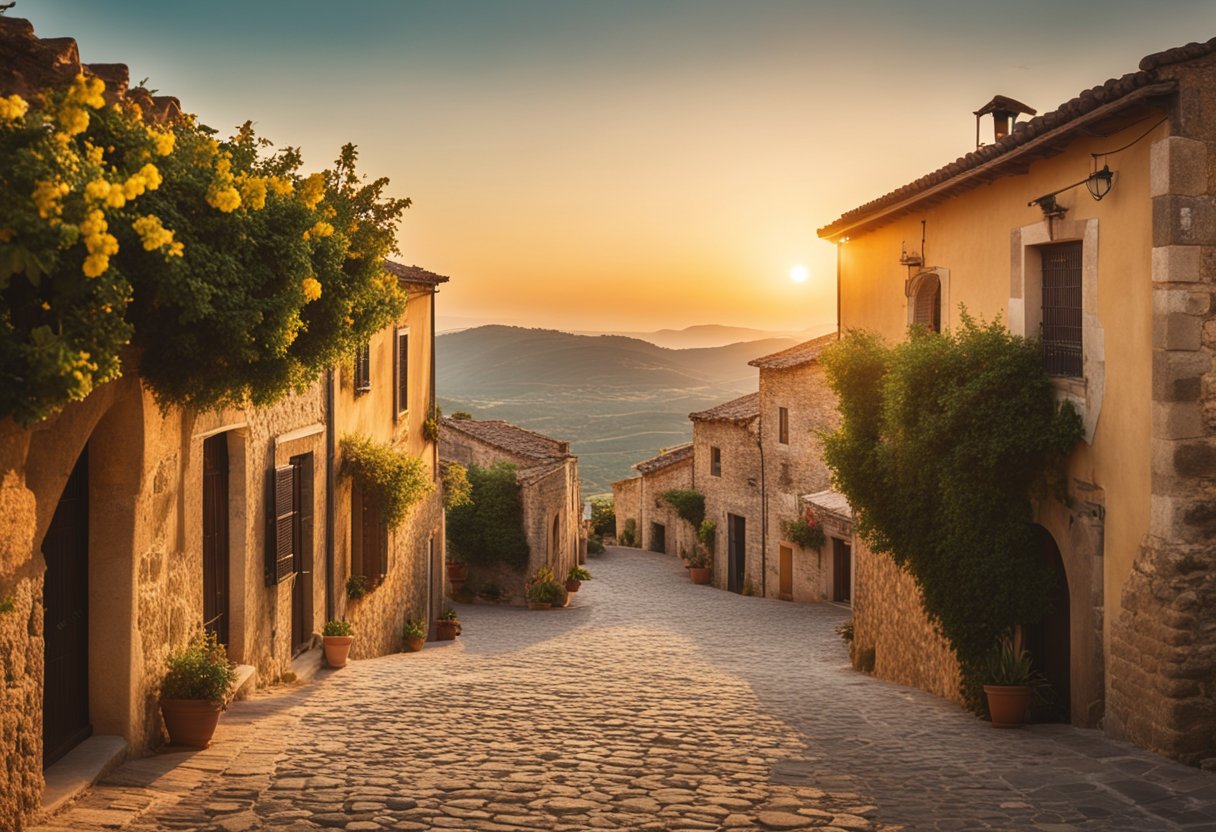
In this section, we’re unveiling the origins of the Corleone family, tracing their significant historical background and the deep-rooted influence of the Mafia that shaped their identity.
Historical Significance Of The Corleone Name
The surname Corleone doesn’t just belong to a fictional dynasty in Mario Puzo’s The Godfather; it carries a weight of history from a small town in Sicily. The town of Corleone, set amid the rugged hills, has witnessed a complex past. Once an agricultural hub, it gained notoriety for its association with Mafia clans in the 1940s-era Sicily.
Mafia Influence In The Formation Of Corleone Identity
The Mafia’s history, deeply intertwined with the town’s identity, forged a reputation that loomed large over the Corleone name. From its agricultural beginnings, the town of Corleone became synonymous with the rise of organized crime. The clout of Mafia families in Sicily was undeniable, as they embedded themselves in the societal fabric, shaping the codified honour and justice system that influenced the concept of la famiglia in The Godfather’s narrative.
The Godfather: Unveiling The Cinematic Phenomenon
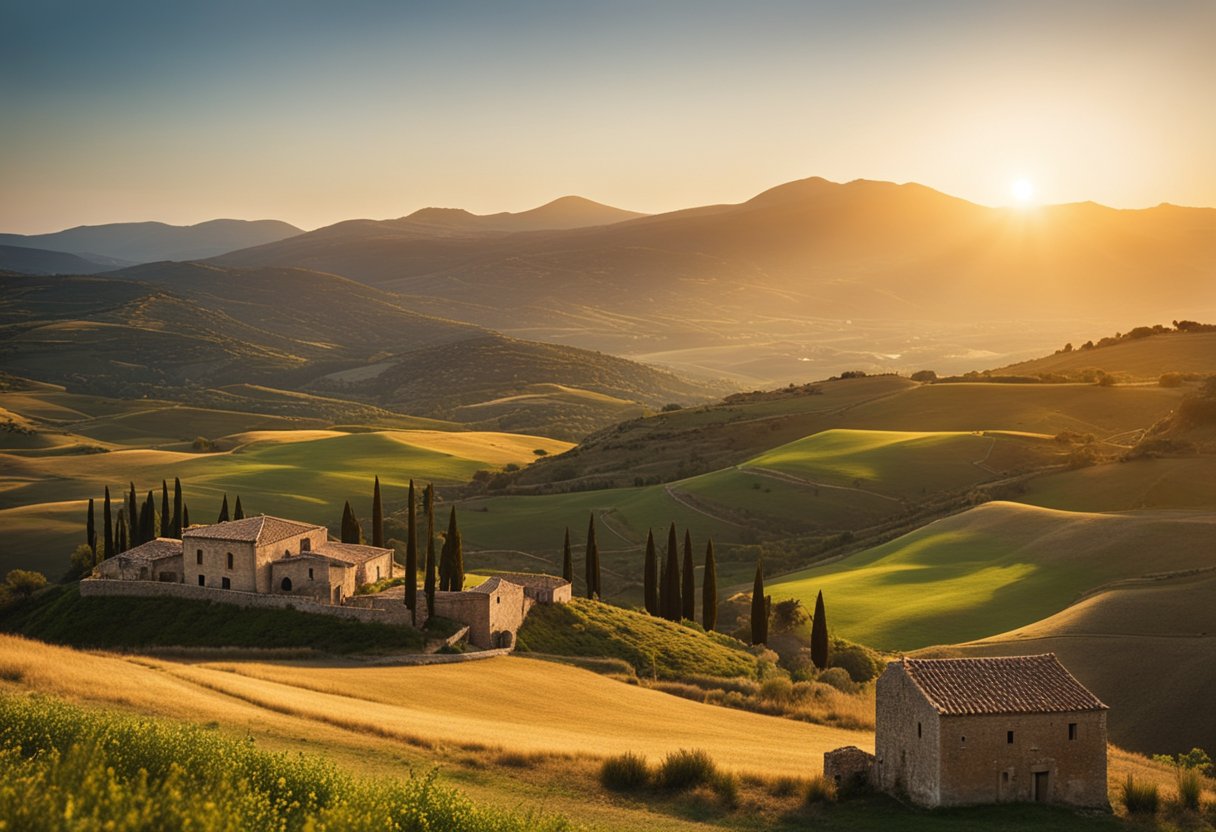
We explore the scope and influence of The Godfather trilogy, highlighting its enduring impact on cinema and the intricate development of its key characters.
Impact Of The Trilogy On Global Cinema
When Francis Ford Coppola and Mario Puzo brought The Godfather to the screen, they crafted an American epic reverberating global cinema. Its release in 1972 marked not just a watershed moment for American filmmaking but also established a new paradigm for narrative and cinematography worldwide. The trilogy’s intricate storytelling and nuanced portrayal of crime and family resonated across diverse audiences, making it an inimitable fixture in cinematic history.
Key Characters And Their Development
Michael Corleone, portrayed by Al Pacino, stands at the centre of the trilogy’s character web. We witness his chilling evolution from a reluctant outsider to the embattled mafia don, a transformation that speaks volumes about power, corruption, and the erosion of the American Dream. Beyond Michael’s arc, other characters like Tom Hagen and Sonny Corleone exhibit multidimensional growth that galvanises the trilogy’s acclaim and believability. Each character’s journey contributes significantly to the film’s status as a cultural touchstone, not just in the United States but universally.
Sicilian Landscapes Through The Lens
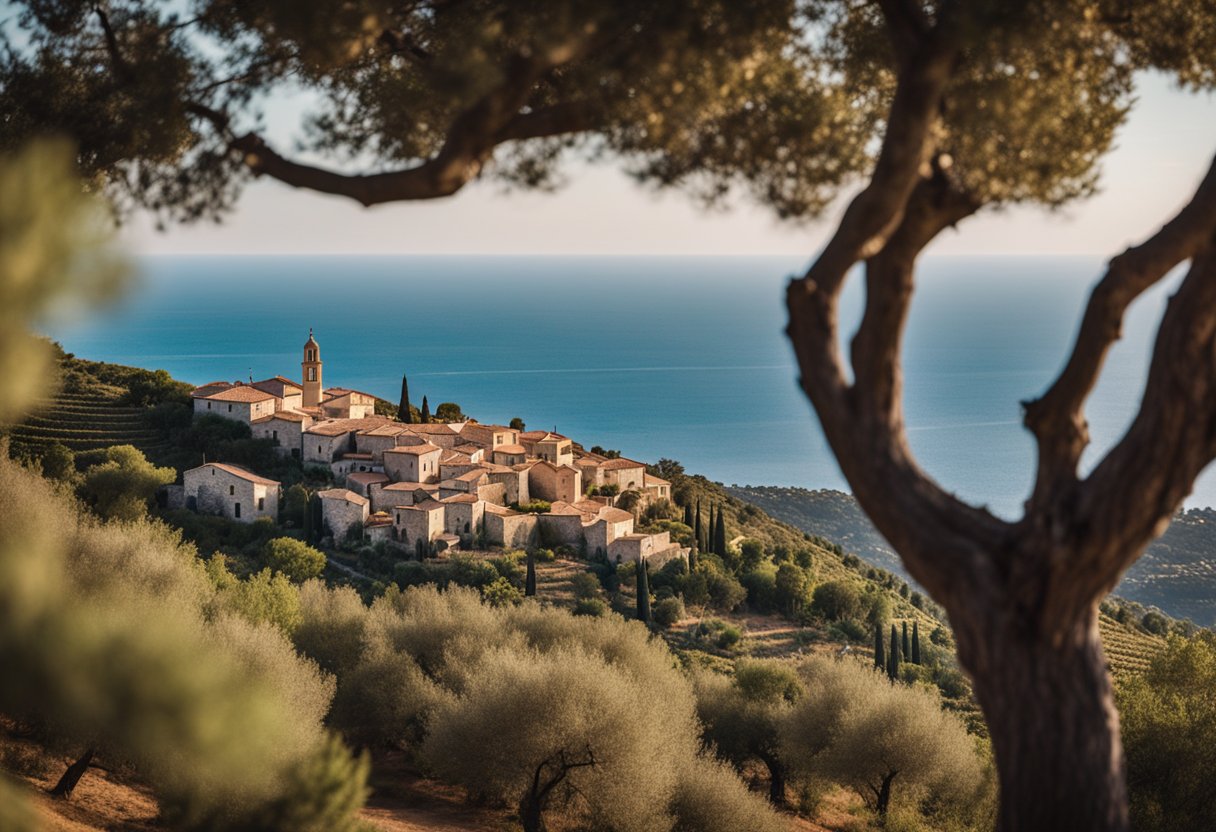
In our exploration of ‘The Godfather’ and its connection to Sicily, we centre our attention on the picturesque rural landscapes that form the backdrop of this cinematic masterpiece.
Depiction Of Rural Sicilian Scenes
In ‘The Godfather’, Sicily’s alluring countryside imparts an air of authenticity and timelessness, capturing a vision of rural life that complements the film’s narrative. The island’s rolling hills and traditional farmlands convey a sense of isolation and sanctuary that underscores Michael Corleone’s exile. Our gaze is drawn to the Mediterranean vistas that are as much a character in the film as the Corleones themselves, with the Ionian Sea providing a shimmering palette that contrasts the earthy tones of the Sicilian interior.
Our journey through the film’s locations would be amiss without acknowledging the terracotta-roofed villages that cling to the rugged hillsides, a testament to the resilient spirit of Sicily. From the verdant fields that Michael and his bodyguards traverse, one can look out to the expanse of the Mediterranean, its waters touching the horizons beyond which lies Trapani. In these moments, we are confronted with the raw beauty of Sicily – the scenes feel untouched by time, shrouded in the same stillness that pervades Corleone’s period of reflection.
As we examine the film’s impact, it’s evident that the depictions of rural Sicily afforded audiences a glimpse into a landscape rich with history and natural beauty. These scenes did more than just serve the plot; they invited us into a realm where the land tells a story of heritage and identity – a compelling journey for any traveller or film enthusiast.
The Real And Reel Locations Of Sicily
Exploring Sicily through The Godfather offers a unique journey between the film’s iconic scenes and the island’s rich cultural tapestry.
Savoca And Forza D’Agro: Embedding Into Godfather Lore
We find Savoca and Forza D’Agro at the heart of The Godfather narrative, transformed into the backdrop of the Corleone family saga. In Savoca, the Bar Vitelli is a touching piece of cinematic history, its stone walls and vine-covered façade implying its role as a key spot in the films. The Church of San Nicolò stands as a silent witness to the pivotal wedding scene, its solemn presence connecting us to a bygone era.
Moving to Forza D’Agro, we are greeted by its timeless streets and the stately Castello Degli Schiavi, enveloping us in the narrative once more. These locations are more than mere set pieces; they embody the story, each stone and roadway an integral part of The Godfather’s enduring legacy.
Comparing Film Sites With Their Actual Historical Context
Whilst Savoca and Forza D’Agro are etched in popular memory through cinema, their actual historical significance is profound. With its rustic beauty and charm, Savoca has been a silent observer of centuries of Sicilian history, culture, and everyday life. Similarly, Forza D’Agro’s imposing architecture, such as the Castello Degli Schiavi, speaks of a feudal past and the evolution of Sicilian society. Our exploration of these sites honours their artistic legacy and deep historical roots.
Tracing Michael Corleone’s Footsteps
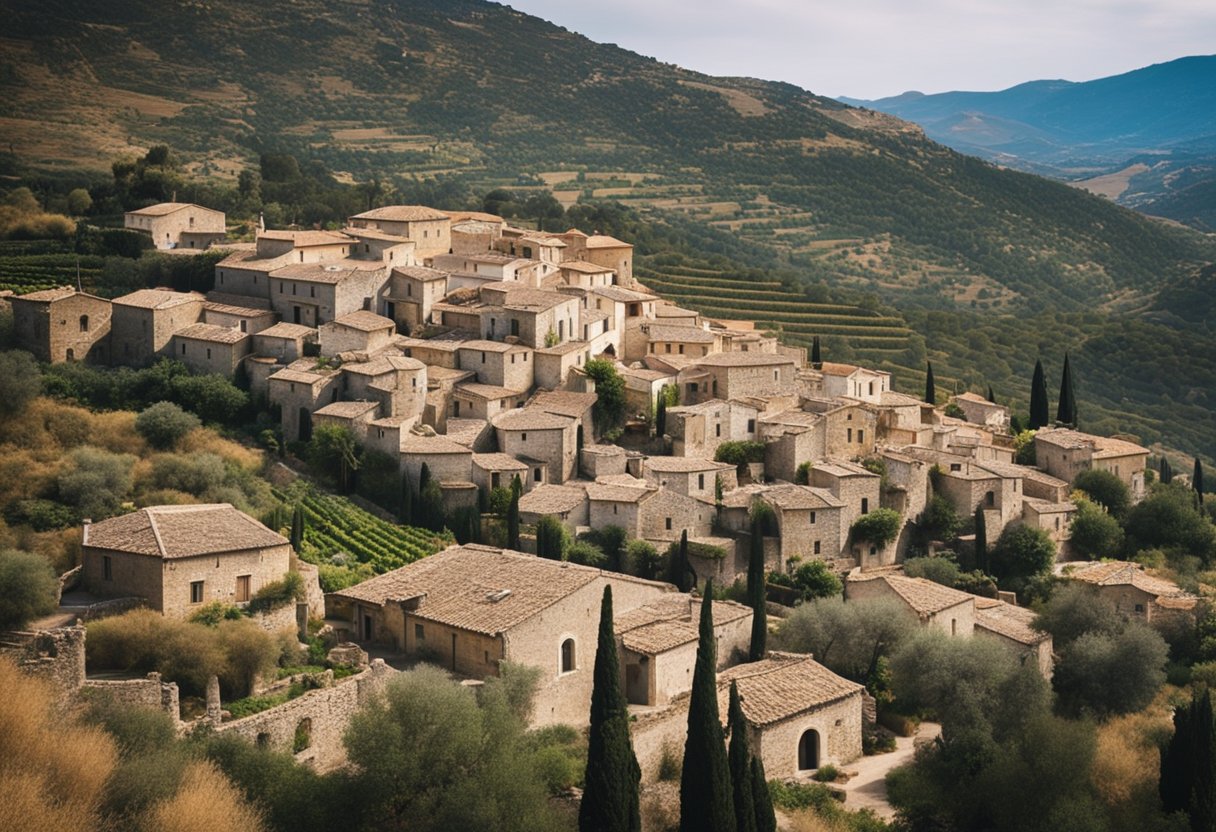
In remembering The Godfather, we journey through Sicily, Michael Corleone’s refuge and the setting for his profound transformation. Let’s explore the key locations that witnessed pivotal moments in his life.
Key Events And Their Locations In Sicily
- Sant’Alessio Siculo: Here, Michael first seeks sanctuary after fleeing New York. This coastal town‘s serenity contrasts with his former tumultuous life.
- Forza d’Agrò: The traditional Sicilian village where Michael encounters Apollonia. Its quaint streets and ancient architecture provide the backdrop for their burgeoning romance.
- Taormina: A town renowned for its beauty and rich history, it symbolises the allure of Sicily that captivates Michael and intertwines with his saga.
Michael’s Transformation And Its Association With Sicily
Initial Exile: Michael arrives in Sicily as an outsider, but the region’s traditions begin to seep into his soul, setting the stage for his metamorphosis from reluctant family outsider to formidable Don.
Love and Loss: His relationship with Apollonia underscores a crucial development phase where personal passion and Sicilian customs momentarily eclipse his violent heritage. However, tragedy in this idyllic setting propels Michael further down his destined path.
Art In Godfather: Aesthetics Of Power And Family
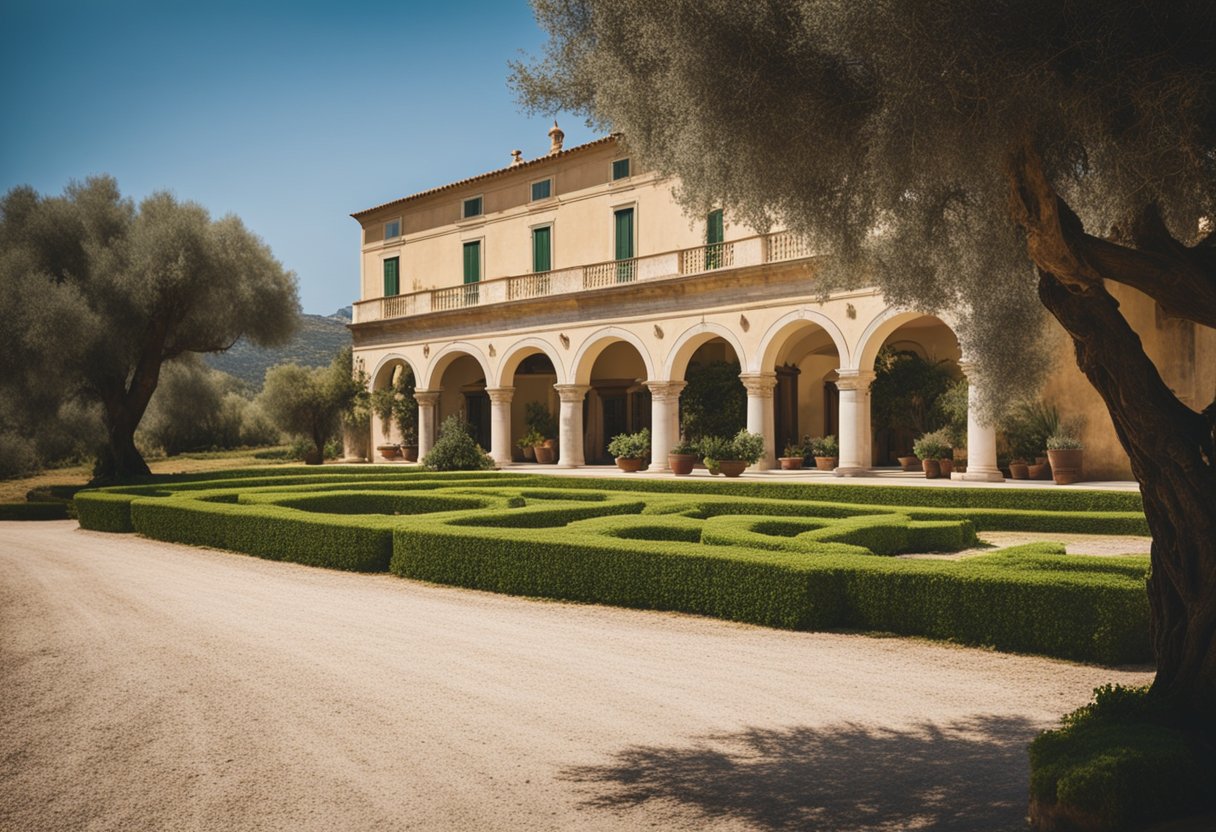
The Godfather pairs its compelling narrative with a powerful visual style reflecting power and family themes. Our examination delves into the use of symbolism in the filmography and how Sicilian art influences visual storytelling.
Symbolism In Filmography
In The Godfather, symbolism permeates every frame, underscoring the family’s journey and the consolidation of power. For instance, scenes within the Church of Sant’Agostino illustrate the juxtaposition of the sacred and the profane, representing the character’s moral complexity and ultimate descent into darkness. The Baroque style of the church, with its dramatic contrasts of light and shadow, echoes the central conflicts and character dynamics, visually enhancing the narrative tension.
Sicilian Art Influences On The Godfather’s Visuals
Our exploration reveals that The Godfather’s visuals draw inspiration from Sicilian art to amplify its storytelling. The opulent aesthetic, rooted in Sicilian traditions, translates to the screen through sumptuous set designs and costuming, evoking a time and place steeped in history. These elements build a vivid tapestry of power dynamics within the Corleone family and their community. The connection between film and art becomes apparent in scenes such as the lavish wedding, capturing a rich, cultural tableau that is uniquely Sicilian.
Godfather Tourism And Its Cultural Value
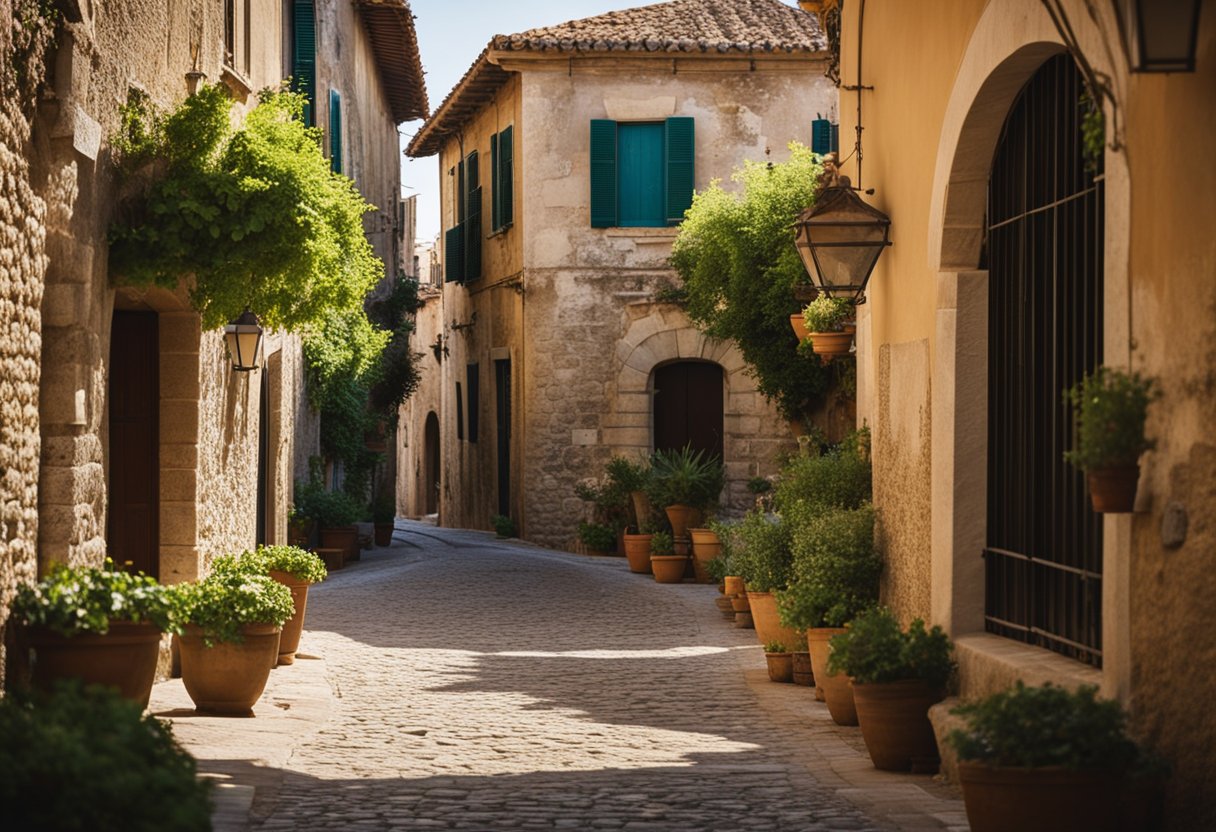
The Godfather’s portrayal of Sicily has enticed many viewers to explore the island’s rich culture. We’ll delve into the impact of travel patterns and sustainable tourism efforts in the places immortalised by the Corleone family.
How The Godfather Influences Travel To Sicily
The Godfather saga, particularly The Godfather Part II, has created a unique niche in travel, drawing tourists keen to step into the cinematic legacy of the Corleone family. The fascination with these iconic films drives a specific segment of travellers to visit authentic filming locations, such as the Bar Vitelli in Savoca, which has remained untouched since filming Michael Corleone’s pivotal scenes. In Palermo, sites like the grand Teatro Massimo, where the famous opera scene from The Godfather Part III was shot, are key draws for cinephiles.
Sustainable Tourism In The Footsteps Of The Corleones
Our approach to Godfather-related travel emphasises sustainable tourism. By collaborating with local businesses and promoting tours that respect cultural heritage, such as those found on Viator, we support the local economy and mitigate the environmental impact of tourism. Encouraging small group visits and off-season travel helps distribute tourism benefits throughout the year while ensuring the sites treasured by locals and tourists are preserved for future generations.
Beyond The Screen: Sicily’s Rich Tapestry

Exploring Sicily transcends the cinematic legacy of The Godfather; it’s about immersing oneself in the island’s profound cultural heritage and the allure of its less-travelled towns.
Gem Cities Off The Beaten Path
Beyond Palermo’s vibrant streets lies a collection of lesser-known yet equally captivating towns. Catania offers a blend of baroque architecture and bustling market life in the east, a testament to Sicily’s resilience against Mount Etna’s looming presence. Visits to Messina, an important port, showcase intricate Norman churches, while a trip to Acireale reveals ornate baroque buildings nestled atop coastal cliffs. These locales are not mere dots on the map but the keystones of the island’s multifaceted identity.
The Unique Cultural Intersection Of Sicily
Our understanding of Sicilian culture deepens when considering its position at a crossroads of civilisations. The island has been a melting pot of influences – Greek, Arabic, Norman, and Spanish – to name a few. This complex tapestry is visible in Palermo’s intricately designed theatres and Catania’s ancient ruins, where layers of history are stacked upon one another. Each city, from Messina’s bustling streets to Acireale’s quieter corners, showcases Italy’s rich diversity, anchored by Sicilian tradition yet endlessly evolving.
Influence Of The Godfather On Modern Media
The cultural phenomenon of The Godfather has imprinted its mark across various strands of modern media, shaping perceptions and storytelling techniques since its release.
Perception Of Sicilian-American Identity
The Godfather has played a pivotal role in influencing the representation of Sicilian-American identity in media. Its portrayal of Sicilian life’s complex social structures and honour codes in New York City provided a lens through which American cinema and audiences could view an often misunderstood community. The narrative of the migrant experience, centring on the Corleone family’s rise amidst the challenges of the New World, has been pivotal in shaping the depiction of Italian-American identity in contemporary media.
The Lasting Legacy In Film And Television
In film and television, the legacy of The Godfather and Godfather II is evident in numerous subsequent works that have drawn inspiration from its storytelling prowess. The intricate character development and dark political undertones set against the backdrop of New York’s crime history have become quintessential elements in the crime genre. Such influence extends to modern television series that delve into complex family dynamics within the American crime story framework, cementing the film’s status as a blueprint for narratives centred around power, loyalty, and tradition.
The Corleone Saga: From Book To Film
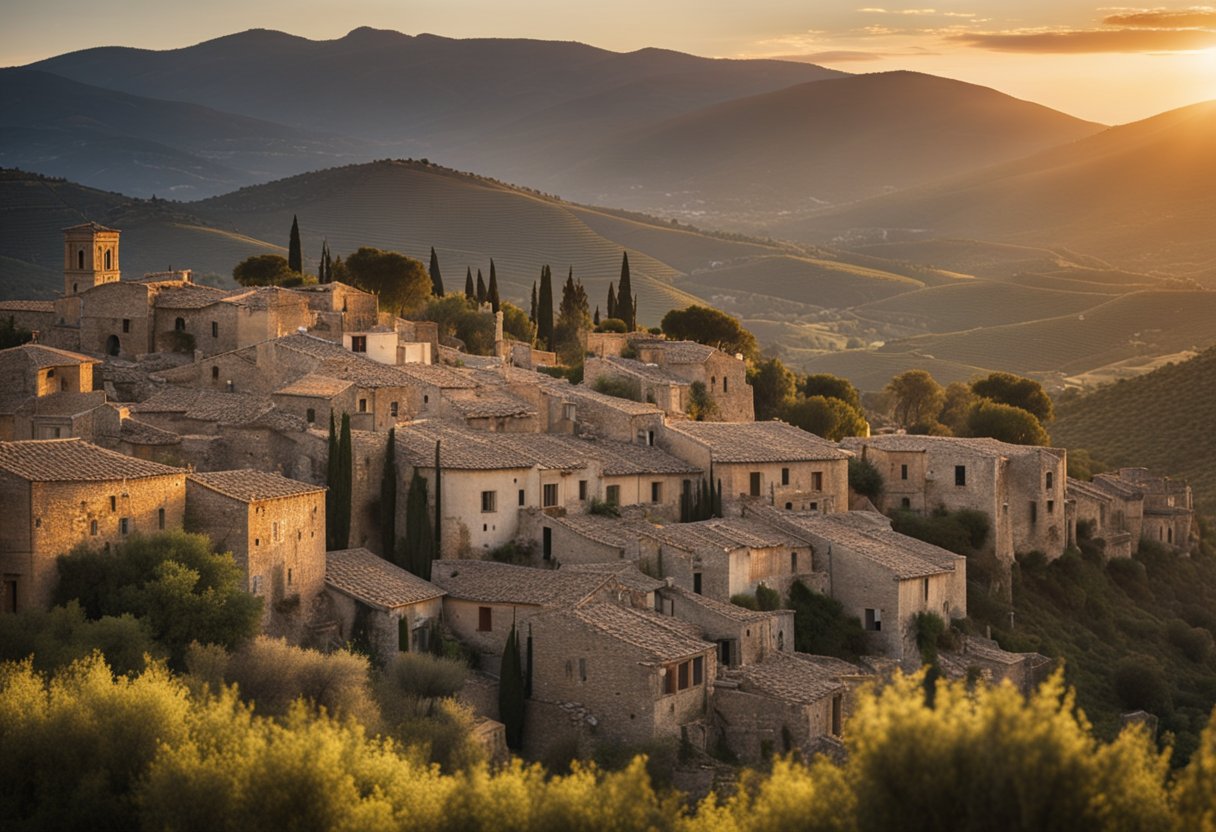
We’ll explore the transformation of Mario Puzo’s novel into the acclaimed film trilogy by Francis Ford Coppola, noting significant departures and adaptations in the process.
The Journey From Page To Frame
A collaboration between author Mario Puzo and filmmaker Francis Ford Coppola was instrumental in adapting The Godfather from its literary origins to the cinematic screen. Our journey into this transformation reveals careful considerations in translating the novel’s dense narrative into a film that would captivate audiences and critics alike. We witness the intricate process where choice elements of the novel are meticulously preserved while others are reshaped or streamlined for visual storytelling.
Divergences Between Literary And Cinematic Narratives
While the essence of the Corleone family’s saga remains true across both book and film, distinct divergences are noteworthy. The adaptation condenses and omits certain details and subplots to maintain the film’s pacing and structure. Key character backstories from the novel are considerably more detailed. However, Coppola’s trilogy skillfully focuses on pivotal moments, allowing for a more direct narrative that still respects the source material’s spirit.
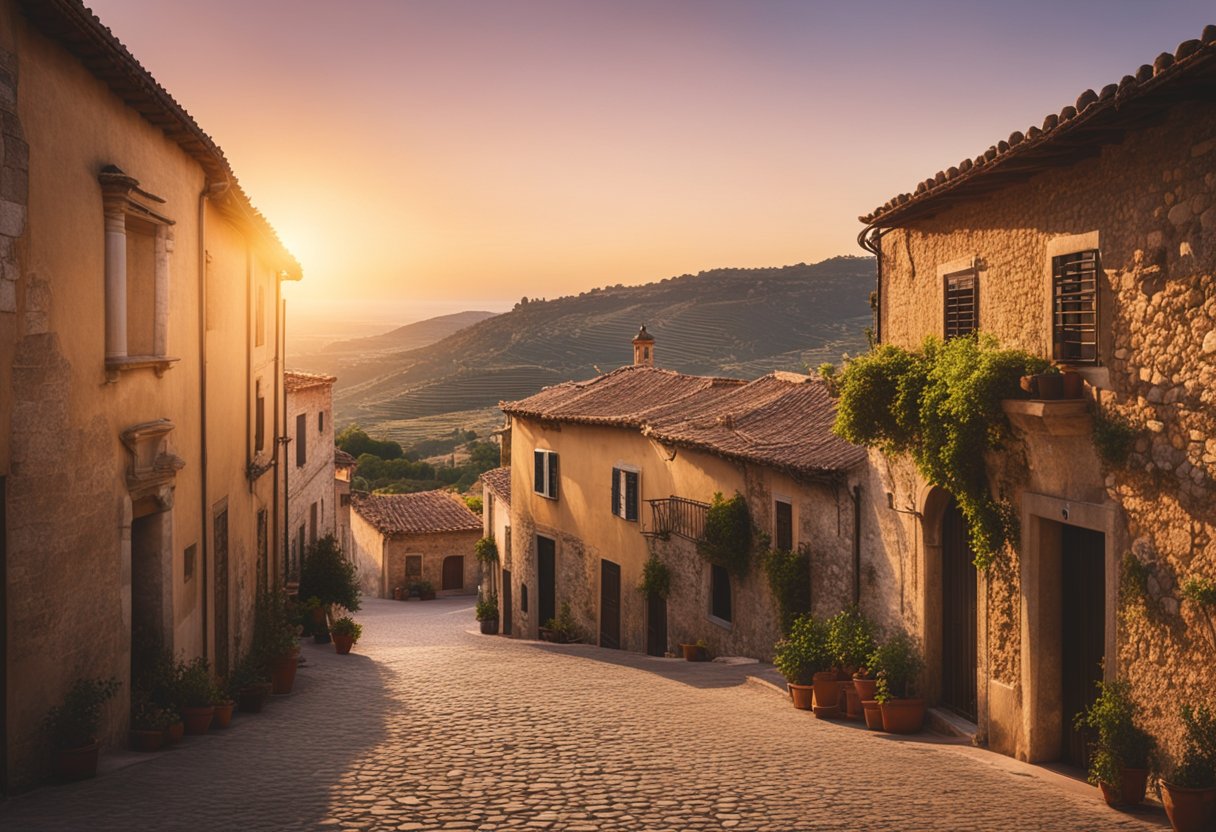
FAQs
We’ve gathered some common inquiries about the rich cinematic legacy of The Godfather in Sicily, giving you a deeper insight into this legendary film’s connection with the island.
Where was the house featured in The Godfather located in Sicily?
The iconic house, which served as the backdrop for some of The Godfather’s scenes, is found in the small town of Savoca. The exact building is Bar Vitelli, known for its role as Michael Corleone’s refuge.
Can one tour the filming locations from The Godfather in Sicily?
Yes, guided tours take fans to the prominent locations in Sicily where The Godfather was filmed, offering a firsthand look at where cinematic history was made.
In which Sicilian village were the scenes of Savoca filmed for The Godfather?
Scenes depicting the village of Savoca, where Michael Corleone stayed, were filmed in two villages: Savoca itself and the nearby Forza d’Agro.
Are the Corleone scenes from The Godfather filmed in Corleone, Sicily?
No, the scenes set in the village of Corleone were not filmed there due to the town’s modern appearance. Instead, they were shot in the more historically fitting villages of Savoca and Forza d’Agro.
Are the Corleone scenes from The Godfather filmed in Corleone, Sicily?
No, the scenes set in the village of Corleone were not filmed there due to the town’s modern appearance. Instead, they were shot in the more historically fitting villages of Savoca and Forza d’Agro.
Is it necessary to read The Godfather before exploring ‘The Sicilian’?
While not strictly necessary, reading The Godfather can provide additional context and depth when exploring the Sicilian sites featured in the film and understanding the Corleone family’s legacy.
Were any parts of The Godfather filmed in authentic Sicilian locations?
Several parts of The Godfather were filmed in genuine Sicilian locations, including churches and squares in Savoca and Forza d’Agro, which helped lend authenticity to the film’s portrayal of Sicily.






